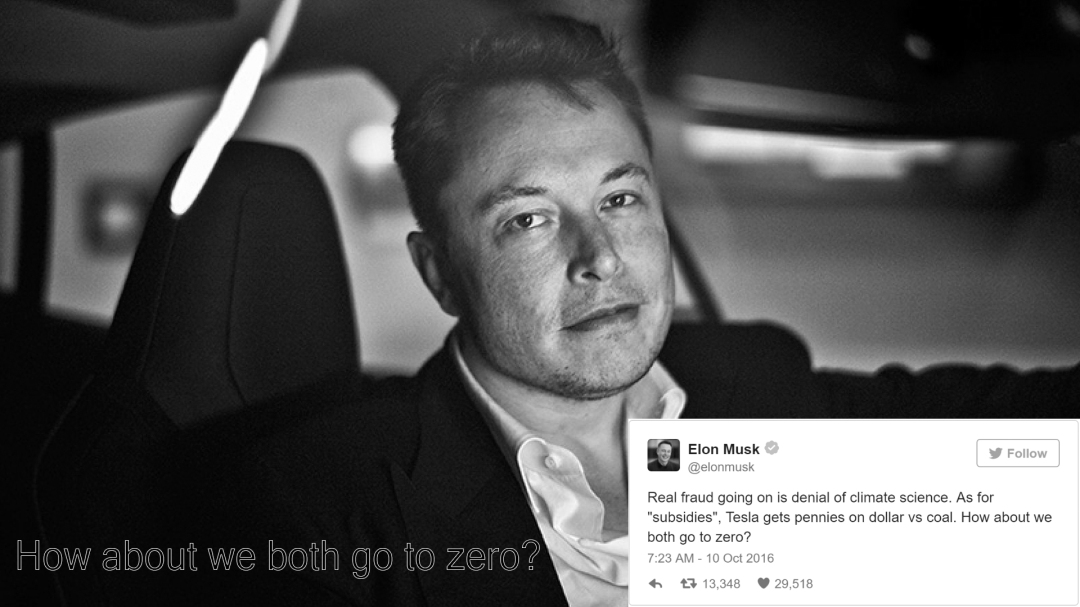In mid-November, the stockholders of Tesla Motors (NASDAQ:TSLA) and SolarCity approved a plan to merge SolarCity into Tesla, thereby creating “the world’s first vertically integrated, end-to-end sustainable energy company.” It was almost enough to warm the cockles of this skeptic’s heart. Then I started compiling a list of the Federal and State subsidies and interventions the merged companies will enjoy as they pursue a sustainable future. It was a fascinating exercise.
Before digging into the surprisingly large subsidy numbers, I’ll start by describing the model integrated sustainable energy system I’ve use for this article, a system that combines rooftop solar, energy storage and an EV. To keep the analysis simple, my model system only has enough power generation and storage to support an EV. The numbers will be significantly higher if a consumer wants to serve part of his non-transport energy needs with a Tesla solution.
For a recent article, I calculated that the 170,000 Teslas on the road worldwide have averaged 33.4 miles per vehicle day. While the battery-to-wheels power consumption of a Model S is 3.5 miles per kWh, there’s about a 10% round-trip efficiency loss between total charge energy and total discharge energy. So if a consumer plans to collect energy from a solar panel, store it in a Powerwall and subsequently use it to charge an EV, the total round-trip efficiency loss will be about 19%. To get 33.4 miles of range out of an EV, he will need to start by storing about 12 kWh in a Powerwall.
While I’ve rounded some numbers to keep the analysis simple, 2 kW of rooftop solar panels should be able to provide an average of 12 kWh per day under optimal conditions. Likewise, a 14 kWh Powerwall should provide adequate storage capacity for the first couple years. That being said, a second Powerwall will probably be needed as the storage capacity of the first one degrades. I can’t accurately predict the capacity degradation of a “Powerwall 2,” but Tesla’s January 22, 2016, Powerwall Manufacturer s Warranty Certificate (Germany) used the following graph to summarize the expected capacity degradation for a “Powerwall 1” used in a daily cycling regime.
